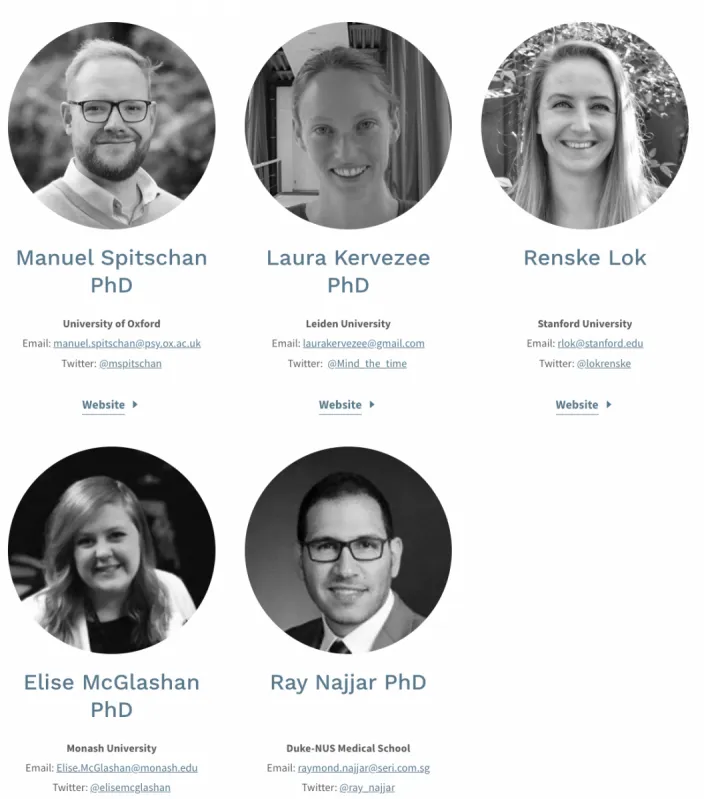Light as a Key Predictor of Human Health and Well-being
Manuel Spitschan, University of Oxford; Laura Kervezee, Leiden University; Renske Lok, Stanford University; Elise McGlashan, Monash University; Ray Najjar, Duke-NUS Medical School
Light exposure is a key driver for synchronising rhythms in our bodies and brains with the external 24-hour light-dark cycle. In turn, light exposure at the wrong biological time of day can disrupt our inner clock and lead to sleep loss, which has knock-on effects on our physical and mental health and well-being. Additionally, light is important for normal development of the eye, with low levels of light exposure being associated with myopia. With increasing knowledge from basic laboratory findings on the wide-reaching effects of light exposure on human health and well-being, it is time to apply this knowledge to the real world, guiding policymakers and other stakeholders. In this interdisciplinary NETIAS CAT project, five internationally recognised early-career scientists come together to address these topics, with a view to (1) develop a unified scientific framework for understanding effects of light exposure on human health and well-being, (2) develop strategies for making the existing and future scientific evidence base as robust as possible and (3) will develop strategies to communicate the complex scientific knowledge to different audiences.
ENLIGHT will ensure a comprehensive and standardized reporting of light characteristics across research using light as intervention. ENLIGHT will be developed in accordance with the EQUATOR toolkit for developing a reporting guideline (https://www.equator-network.org/) through a modified Delphi consensus process consisting of 1) a pre-round where the project team went through a literature review, identifies a set of potential reporting-related items and a group of participants with established track record in light-based interventions; 2) four feedback rounds (three questionnaire-based and one face to face discussion).

